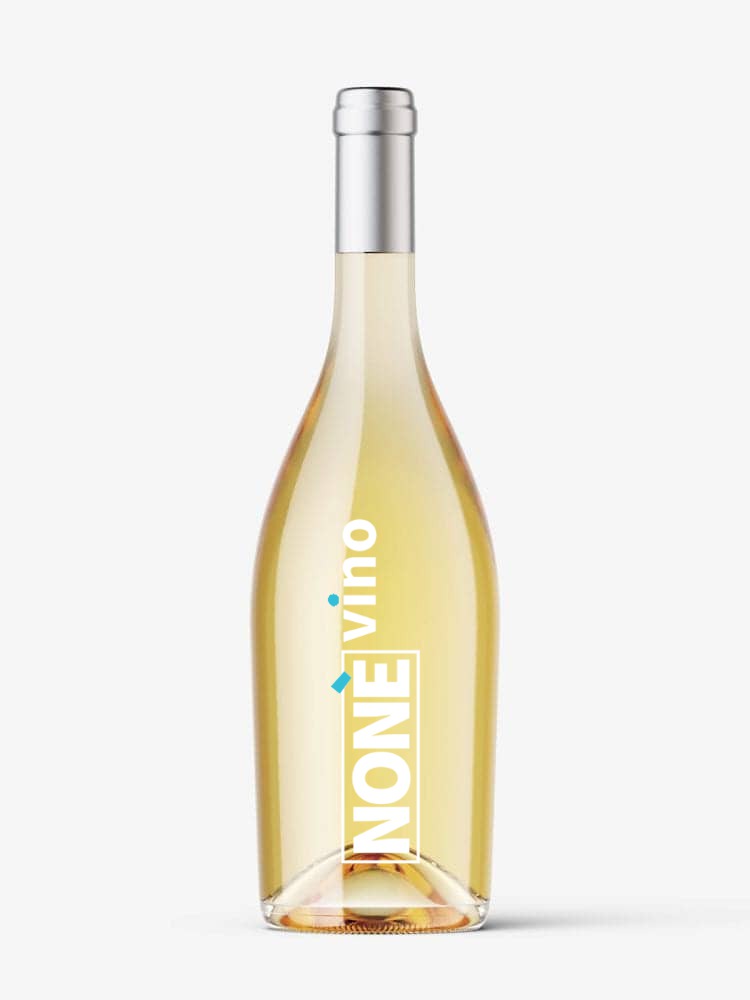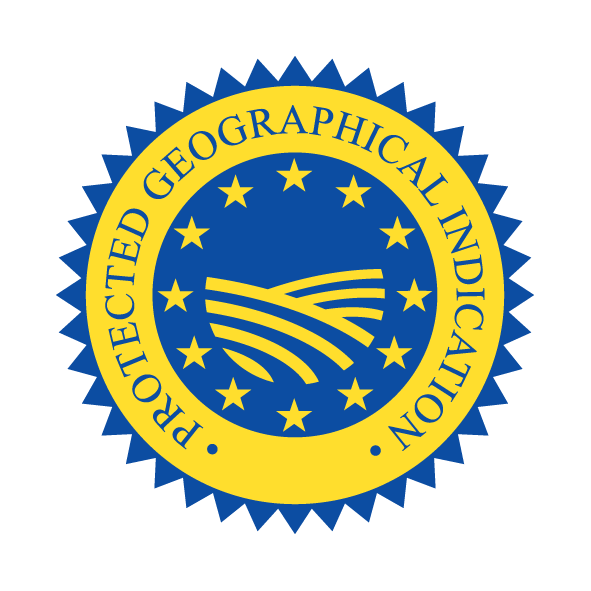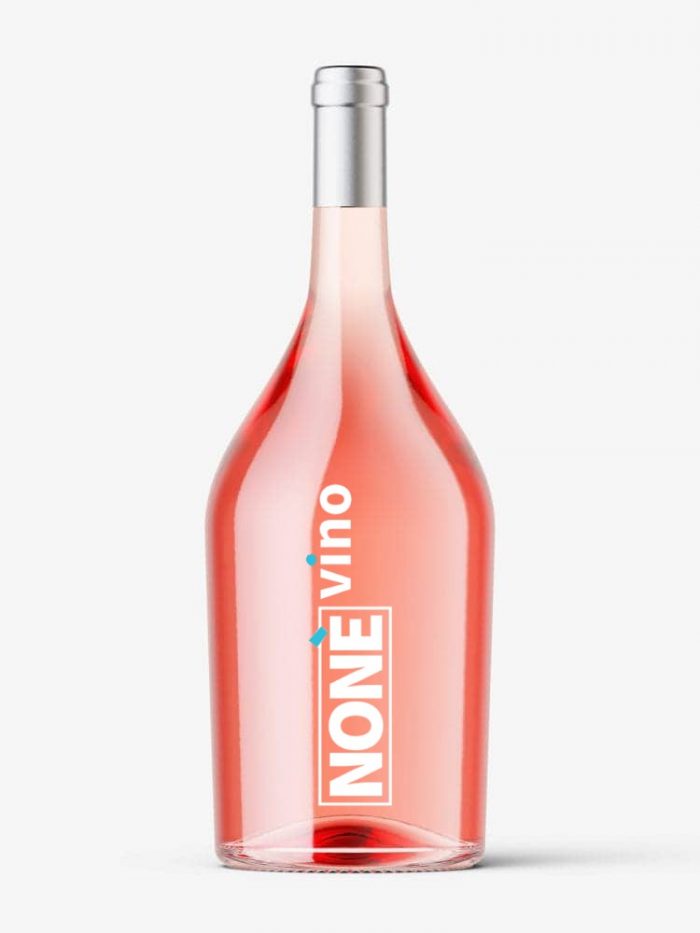The geographical area dedicated to the production of IGT Veneto wine extends from the Alpine and Dolomite chains to the border with Austria, passing through the hills and foothills, to the plains up to the lagoon areas and the Adriatic Sea. The Venetian hills stretch both to the north as a ridge at the foot of the Prealps, and to the plains further south, such as the Berici Hills, the Euganean Hills and Montello.
The Production Area of Veneto IGT Wine is located in Veneto region and includes the entire regional territory.
During the vinification phases, only loyal and constant oenological practices of the area are allowed, suitable to give the wines their particular quality characteristics.
The oenological practices of vinification of Veneto IGT wines impose also that the maximum yield of grapes in finished wine, ready for consumption, must not exceed 80% for all types of wine, with the exception of the passito type which must not exceed 50%.
The history of wine in Veneto begins in very remote times, long before the times of the Greeks, who generally recognize the introduction of the vine in Italy as amply demonstrated by important archaeological discoveries. It is believed that the vine was present in the wild in Veneto as early as many centuries before Christ and grapes were used by the populations of those times as food. We will have to wait until the seventh century BC to find the first evidence of wine production in Veneto by the Etruscan-Rhaetian populations.
During the Middle Ages, the development of Venetian viticulture was determined by the commercial power of Venice, which allowed the export of Venetian wines to other countries, as well as the introduction in Italy of foreign wines, in particular those produced in Greece and Cyprus.
The Venetian traders – in addition to the importation of wine – also introduced new species of vines, favoring their diffusion in the neighboring territories, as in the case of Malvasia which from Venice spread to Friuli Venezia Giulia and Dalmatia.
Even the famous glassmakers of Murano contributed to the diffusion of wine and its best appreciation: the refined bottles and blown glass glasses from Murano quickly spread to the tables of the nobles, progressively replacing the ceramic, silver and pewter containers. The new glass containers were immediately associated with quality wines and soon arrived also in simpler and less valuable forms, on the tables of ordinary people all over Europe.
With the decline of the commercial power of Venice in the Mediterranean area and in particular in the lands of the East, towards the middle of 1500 the importation of Greek wines decreased drastically, offering a possibility of development for the production of local Veneto wines. From the sixteenth century to the 1800s, wars, epidemics and atmospheric events radically disrupted the viticulture of Veneto.
It was only in 1800, and in particular with the foundation in 1876 of the Conegliano School of Oenology, that an attempt was made to revive the new enology of Veneto through the study of the characteristics of the territory and the varieties that best suited them: a first concrete step towards the rebirth of quality as a strategic choice that saw a rapid development after 1950 that continues to involve producers and winemakers in the Veneto region today.
The geographical indication “Veneto” is the result of the history of its territory and has been systematically used by wine producers since 1977, following the EEC regulation 816/70 and the national transposition regulations that established the procedures for the declaration, description and presentation of the wines then defined as “table wines with geographical indication”.
In 1995, with the decree of 21 November, the current production disciplinary was approved, subsequently modified in order to adapt it to the market for wines with a typical geographical indication and to EU regulations.
The Veneto indication is today very well known as the great DOC wines of Veneto, and due to its reputation, it is widely used by producers in the region.






